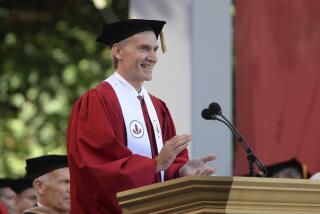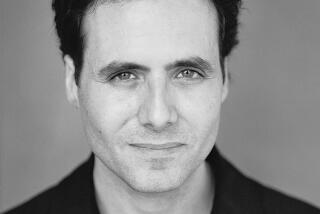Oops!!!
- Share via
SIMON LEVAY’s “When Science Goes Wrong” (Plume: 298 pp., $15 paper), despite its provocative title, will not give particular comfort to proponents of intelligent design. It’s no anti-secular screed. LeVay is a scientist himself -- a neurobiologist who has taught at Harvard Medical School and the Salk Institute for Biological Studies -- as well as a longtime science journalist and author, best known for his 1993 book, “The Sexual Brain.” In this latest effort -- written perhaps as a gentle warning to those on the other end of the spectrum who regard science and its practitioners with almost religious awe -- he has collected a dozen examples of well-meant but disastrous scientific bungling.
If you are at all into schadenfreude, you will thrill to these spine-tingling and occasionally gruesome accounts of unsuccessful neurosurgery (resulting in hair growth inside the patient’s brain), nuclear-reactor meltdown (radioactive corpses, one of them impaled), lethal and insufficiently monitored gene therapy and the adventures of a gung-ho field geologist who “led a party of scientists to their deaths in the crater of an active volcano.” Not even weathermen are spared: In October 1987, British meteorologists failed to predict the advent of a storm whose winds reached 121 mph, killing 16 inhabitants of southern England and uprooting 15 million trees.
Some of these contretemps resulted from outsized ambition and some from mind-boggling carelessness (notably the loss of a very expensive spacecraft, meant to study the climate of Mars, because no one noticed that English units had not been converted to metric ones), but some represent the perils that attend any work on the frontier. “Many risk-taking scientists never make great discoveries, certainly,” LeVay concludes, “but few scientists make great discoveries without taking great risks.”
-- Sara Lippincott
--






